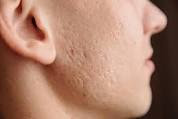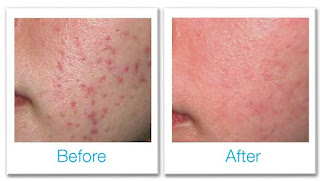Laser Treatment for underarms

Laser treatment for underarms is a common cosmetic procedure used to remove unwanted hair from the underarm area. The procedure involves using a laser to target and damage hair follicles, which can eventually prevent hair growth in the treated area. The procedure is typically performed in a medical or cosmetic clinic by a trained professional. During the treatment, a laser device is used to emit highly concentrated light energy into the hair follicles. The heat generated by the laser damages the follicles, which can prevent or significantly reduce hair growth in the treated area. Laser treatment for underarms is generally safe and effective, but it may require multiple sessions to achieve the desired results. The number of sessions needed can vary depending on several factors, including the thickness and color of the hair, the individual’s skin type and color, and the desired level of hair removal. Like all cosmetic procedures, there are potential risks and side effects associate...


